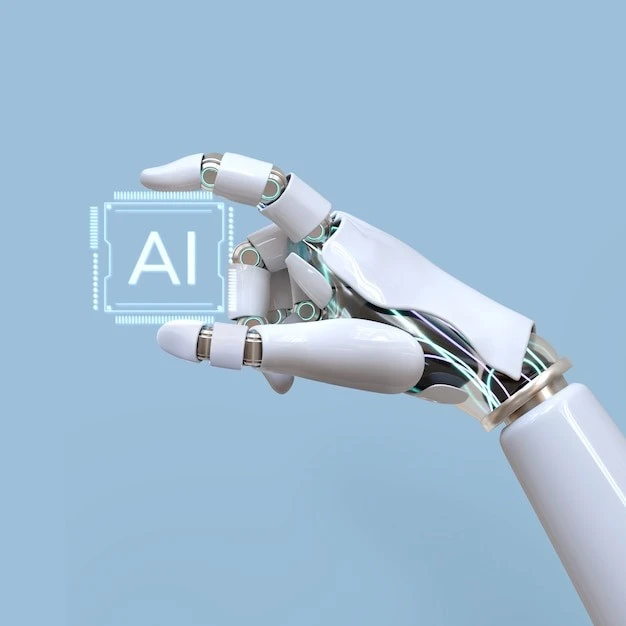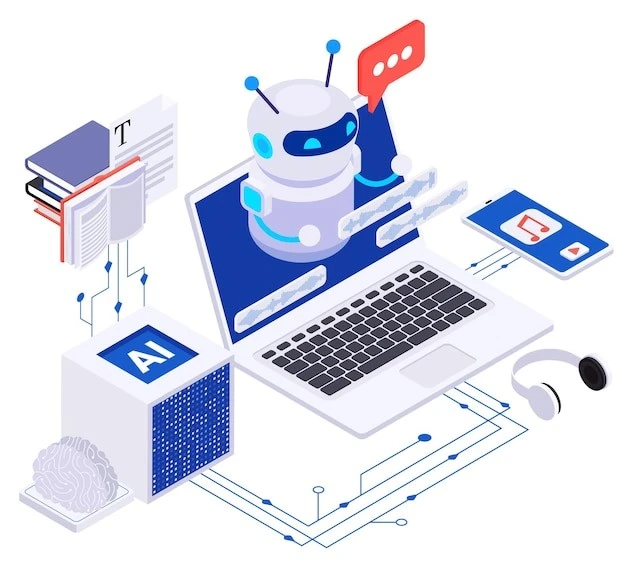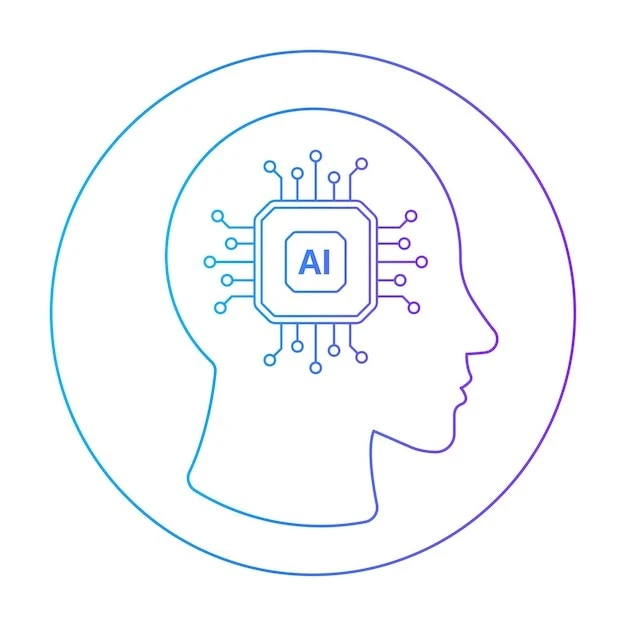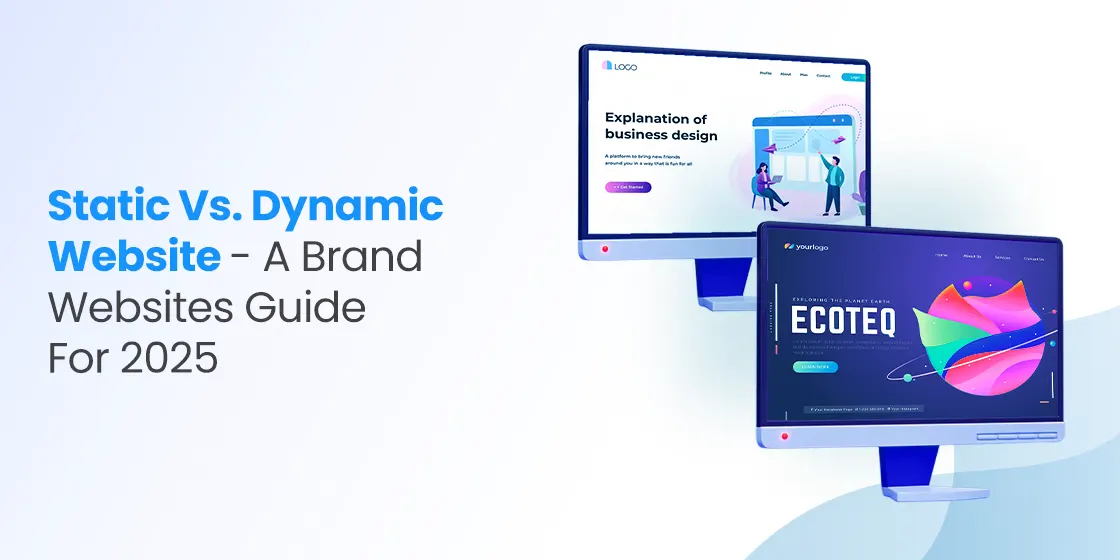Table of Content
Discover How to Create An AI App for Your Business With Ease
The last few years mark a pivotal moment in the evolution of software development, with Artificial Intelligence transitioning from a futuristic concept to core concept of mainstream applications. For developers, the ability to create AI-powered apps from scratch presents a landscape ripe with opportunity to solve complex problems, enhance user experiences, and drive innovation across various industries.
Building an AI app, however, goes beyond traditional software development paradigms, requiring a unique blend of skills in data science, machine learning, and software engineering. It requires a deep understanding of AI models, data pipelines, training methodologies, and deployment strategies to transform raw data and algorithmic power into intelligent and functional applications.
In this comprehensive guide, we will aim to help developers understand a detailed process for creating AI applications from the ground up in 2025. We will begin by establishing a clear understanding of what constitutes an AI app, highlighting its key characteristics and differentiating it from traditional software. We will also explore the reasons that are driving businesses across various sectors to invest heavily in AI app development through professional mobile app development services.
Let’s begin.
What is an AI App? A Comprehensive Overview

An AI App, in its essence, is a software application that integrates one or more Artificial Intelligence (AI) technologies to perform tasks that typically require human intelligence. Unlike traditional applications that follow pre-programmed rules and logic, AI apps leverage algorithms and data to learn, reason, solve problems, make predictions, and even understand and respond to natural language. The integration of AI capabilities allows these apps to exhibit intelligent behavior, adapt to new information, and provide more personalized and dynamic user experiences.
At the heart of an AI app lies a trained AI model. This model, often a machine learning (ML) algorithm or a deep learning neural network, is trained on large datasets to recognize patterns, extract insights, and make intelligent decisions. The specific type of AI model used depends heavily on the task the app is designed to perform. For instance, a natural language processing (NLP) model might power a chatbot or a sentiment analysis tool, while a computer vision model could enable image recognition or object detection. The AI model acts as the “brain” of the application, processing data and generating intelligent outputs.
How Does An AI App Interact With the AI Model?
Beyond the AI model itself, an AI app encompasses the entire software infrastructure required to collect, process, and feed data to the model, as well as to integrate the model’s outputs into a functional user interface. This includes data pipelines for data ingestion, storage, and transformation; APIs (Application Programming Interfaces) for communication between different components; and user interfaces that allow users to interact with the AI-powered features. This is often why you will often see many AI apps using cross-platform mobile app development frameworks.
Furthermore, an AI app often incorporates mechanisms for continuous learning and improvement, where new data and user feedback are used to retrain and refine the AI model over time, enhancing its accuracy and performance. Therefore, an AI app is not just an algorithm but a complete software ecosystem designed to deliver intelligent capabilities to users.
Why Businesses Are Looking to Create An AI App in 2025 and Beyond?

The increasing interest and investment in creating AI applications by businesses across various sectors in 2025 and beyond are driven by a multitude of compelling factors, each promising significant advantages in an increasingly competitive and data-driven world.
Better Efficiency
AI applications offer the potential to significantly enhance operational efficiency across various business functions by automating repetitive tasks, optimizing resource allocation, and providing intelligent insights for better decision-making.
- Intelligent decision support
- Optimization of resource allocation
- Automation of repetitive tasks
Increased Automation
Beyond simply improving efficiency, AI applications are at the forefront of a new wave of automation trends, enabling businesses to automate increasingly complex and cognitive tasks that were previously considered beyond the reach of traditional software.
- Automating complex workflows
- Intelligent process automation (IPA)
- Self-learning and adaptive automation
Improved Customer Experience
AI applications offer numerous ways to enhance the customer experience by providing more personalized, responsive, and proactive interactions.
- Personalized customer interactions
- Enhanced customer support
- Proactive customer service
Boosting Revenue
The strategic implementation of AI applications can directly contribute to revenue growth through various mechanisms.
- Increased sales and conversions
- New product and service innovation
- Optimized pricing and revenue management
A More Competitive Market Advantage
In an increasingly technology-driven marketplace, businesses that effectively leverage AI applications can gain a significant competitive edge.
- Differentiation through innovation
- Improved agility and responsiveness
- Data-driven insights for strategic decisions
Stronger Security and Quality Control
AI applications are also being leveraged to enhance security measures and improve the quality control processes within businesses, such as AI in banking and finance.
- Enhanced security and fraud detection
- Improved quality control in manufacturing
- Predictive maintenance
How to Create an AI App – A Step-By-Step Tutorial

Creating an AI app from scratch in 2025 involves a systematic approach that combines software development principles with the specific requirements of AI model development and integration.
Define Your Problem Statement
The first and most crucial step in creating an AI app is to clearly define the problem you are trying to solve or the opportunity you are trying to address. A well-defined problem statement will guide all subsequent steps of the development process and ensure that the AI app is focused and delivers tangible value.
Collect Your Data and Prepare It According To Your Needs
AI models learn from data, so the quality and quantity of your training data are critical to the performance of your AI app. This step involves identifying, collecting, cleaning, and preparing the data that will be used to train your AI model.
Identify and Choose the Right AI Model and Associated Tools
The selection of the appropriate AI model and the associated mobile app development tools is a critical decision that will significantly impact the capabilities and performance of your AI app. The choice of model will depend on the nature of your problem (e.g., predicting customer churn requires a classification model, generating text requires a language model).
Train Your AI Model
Once you have your data and chosen your AI model and tools, the next step is to train the model using your prepared data. This involves feeding the data to the model and allowing it to learn the underlying patterns and relationships.
Deploy Your AI App
The final step is to deploy your trained AI model as part of a functional application that users can interact with. This involves integrating the model into your software infrastructure and creating a user interface.
FAQs
| Can I build an AI on my own? Yes you can build an AI agent or model on your own. All you need are the right skills, the tools needed, and the data needed to train and test the model. |
| Can I make an app with AI for free? Yes, there are multiple tools available to help you build your AI app yourself. However, they may be limited in the features and functions that custom development offers. |
| How much does it cost to build an app with AI? Depending on your core functionality, it can cost you anywhere between $70,000 to $200,000 on the lower end, with the cost going up into the millions for more complex options. |
Conclusion
Knowing how to create an AI app from scratch in 2025 is a challenging yet incredibly rewarding endeavor for developers. It requires a multidisciplinary approach, blending software engineering principles with expertise in data science and machine learning.
However, by following a process that covers all aspects of AI app development, developers can use the power of AI to build apps that address real problems and create value for businesses and users alike. And while the process may be a bit technical, the potential to shape the future of software through intelligent apps makes the effort a worthwhile journey for developers in the years to come.

Empower your digital journey with StruqtIO - Your dedicated partner for cutting-edge custom software development, innovation, and digital transformative solutions. Harness the power of technology to elevate your business and redefine your digital landscape today.


